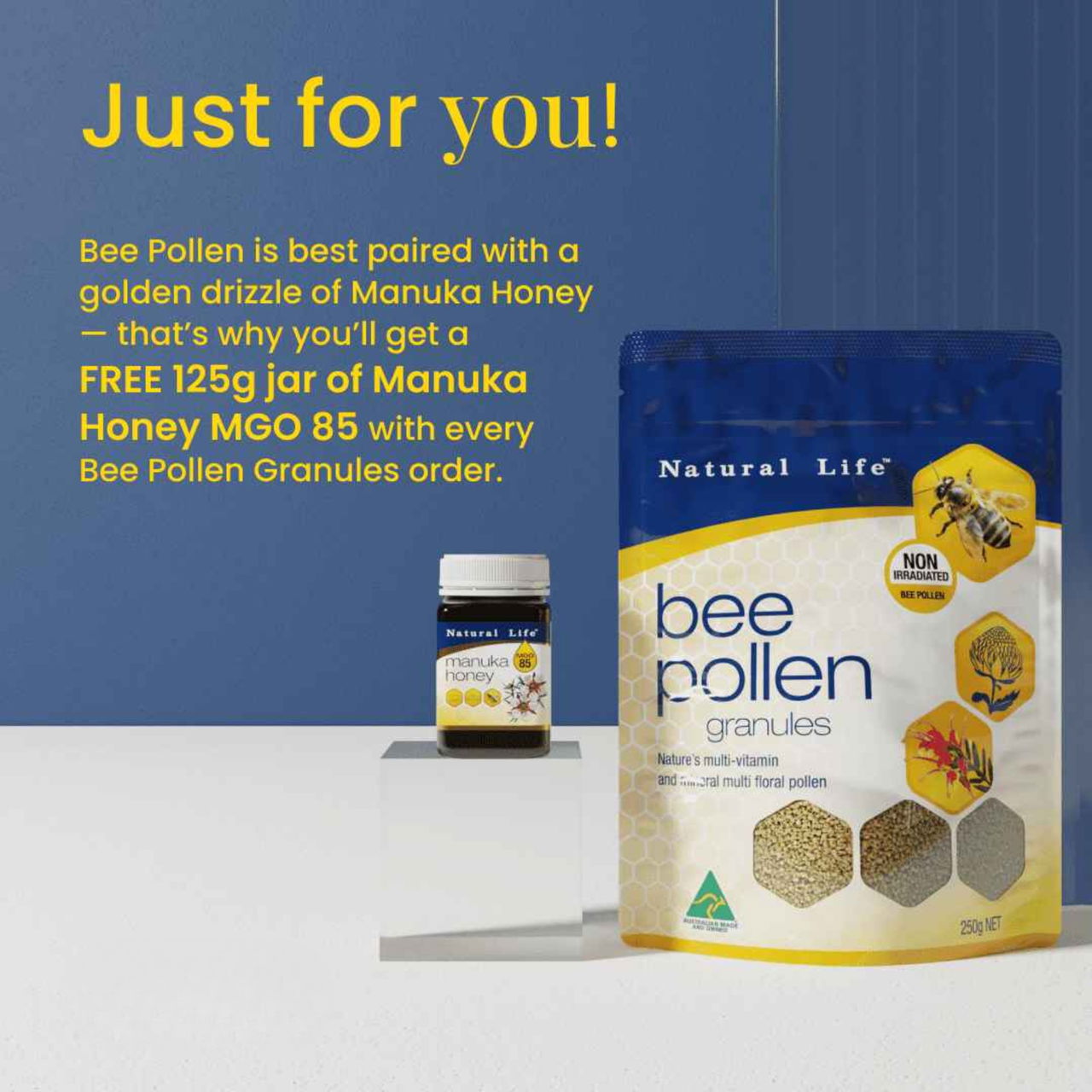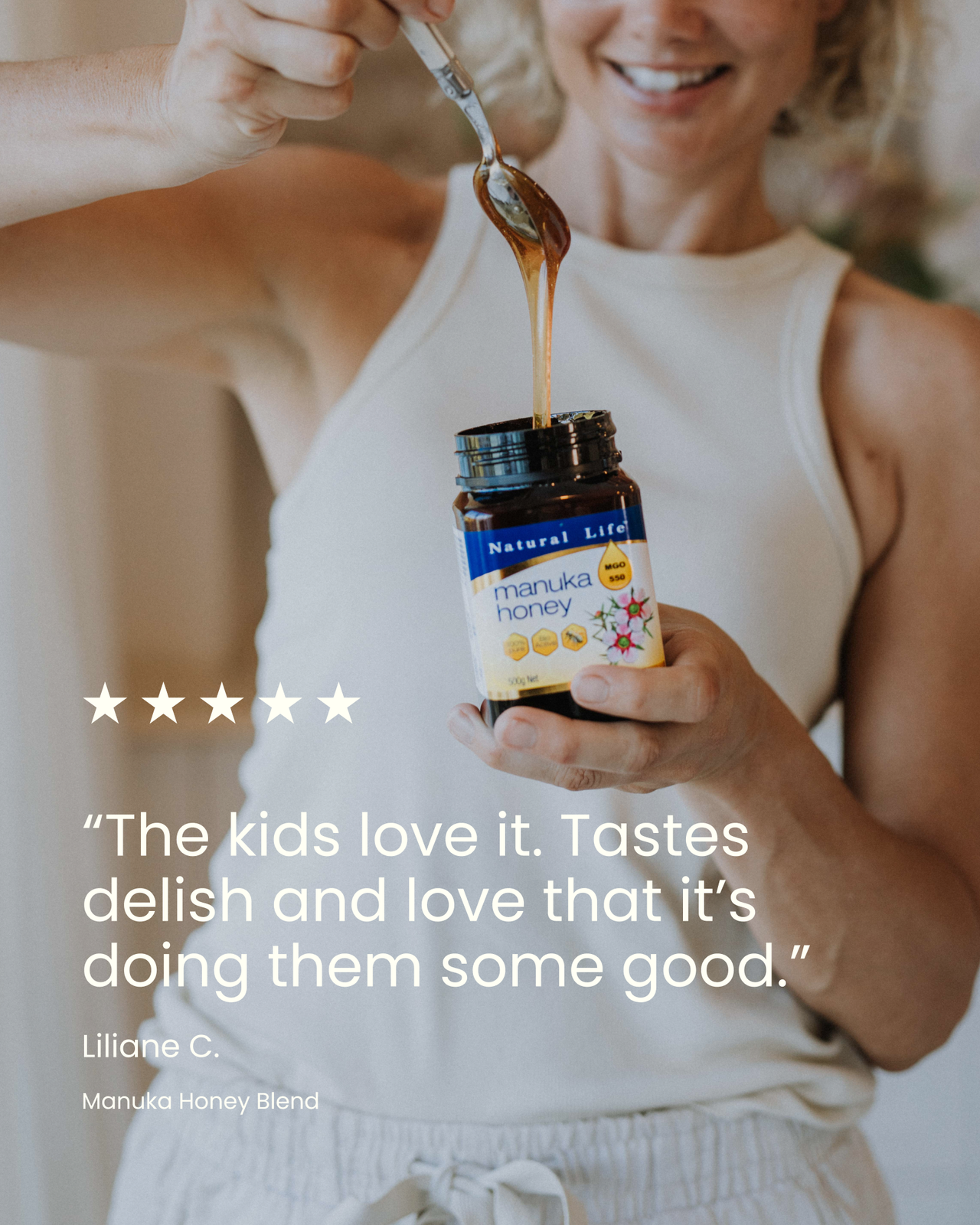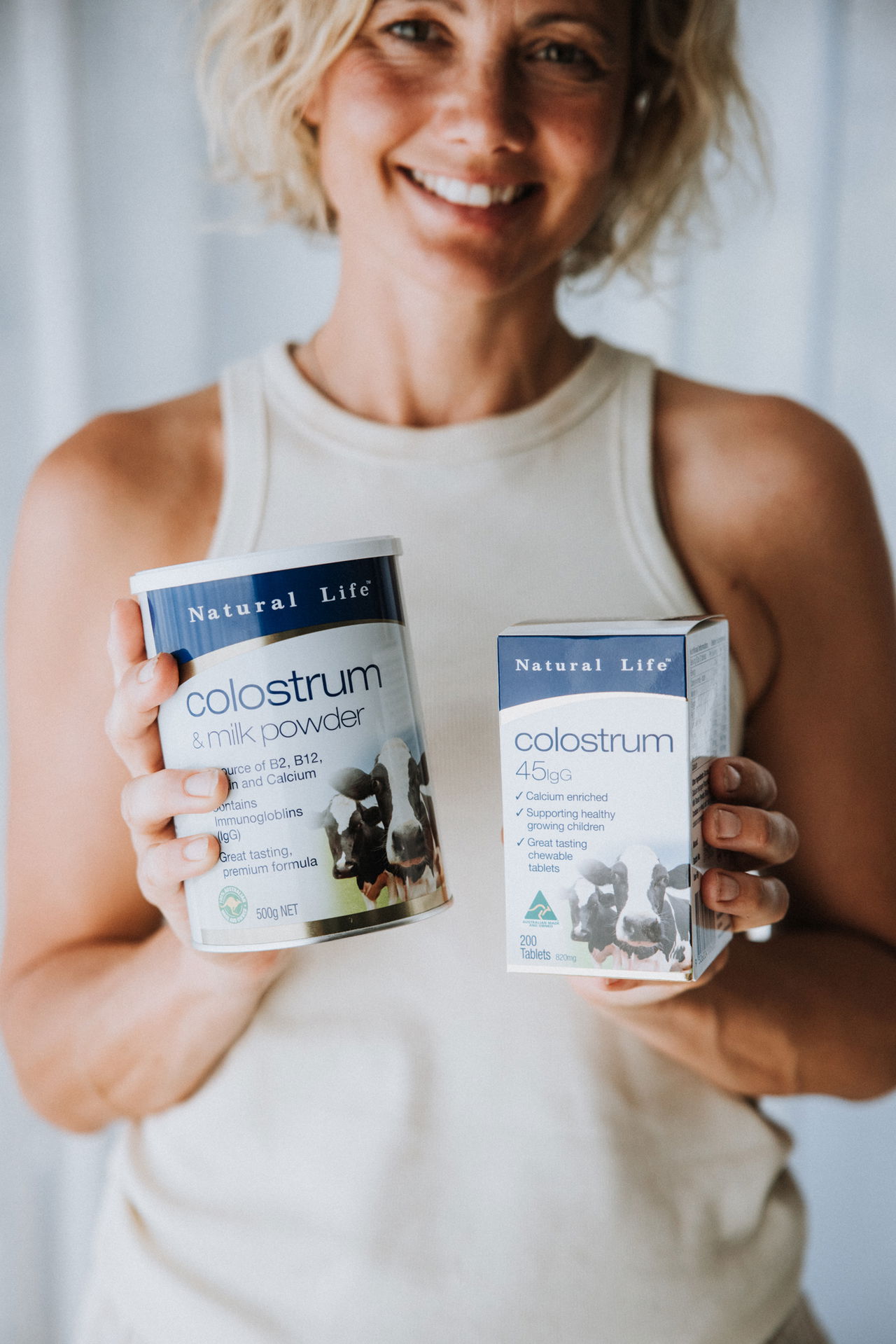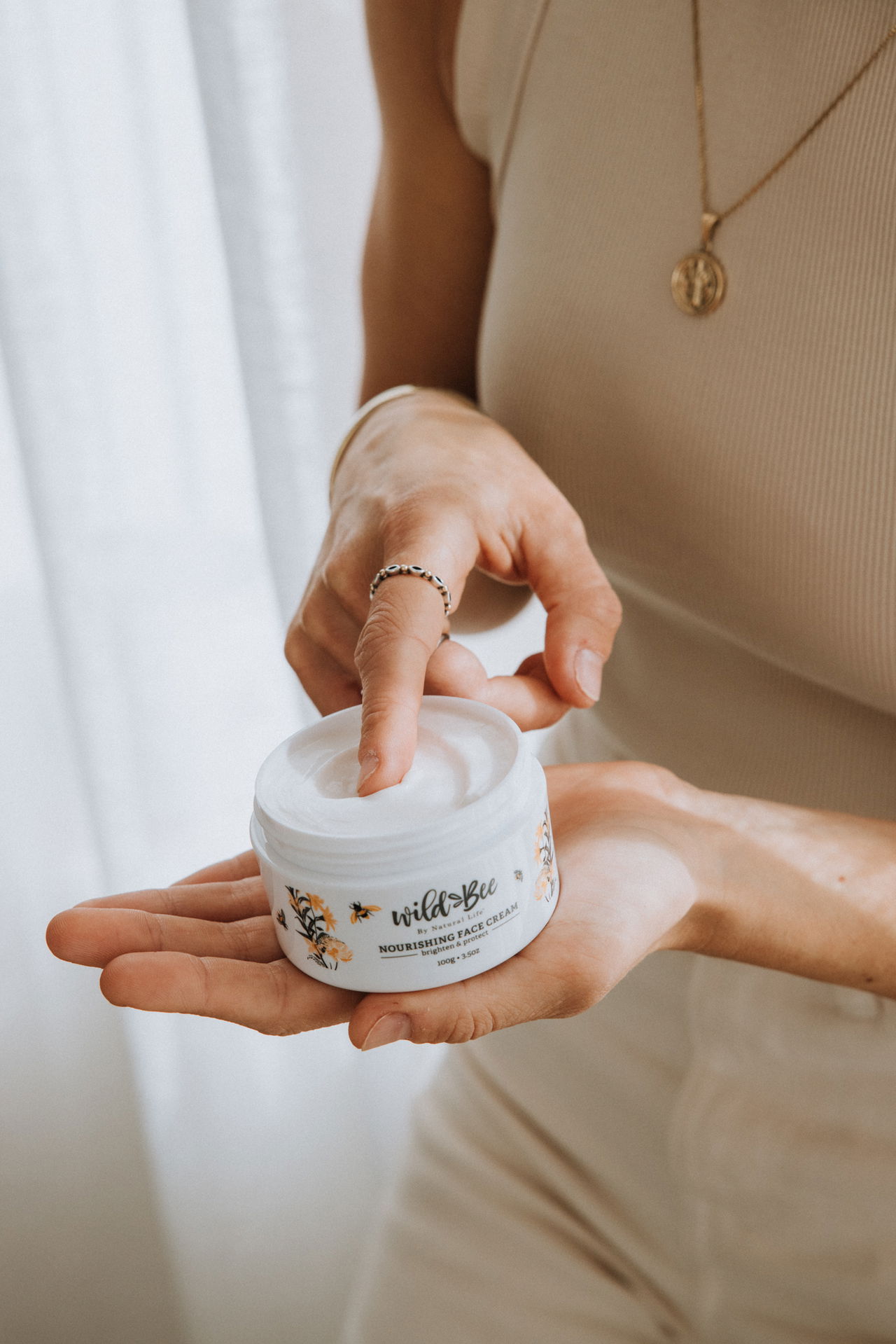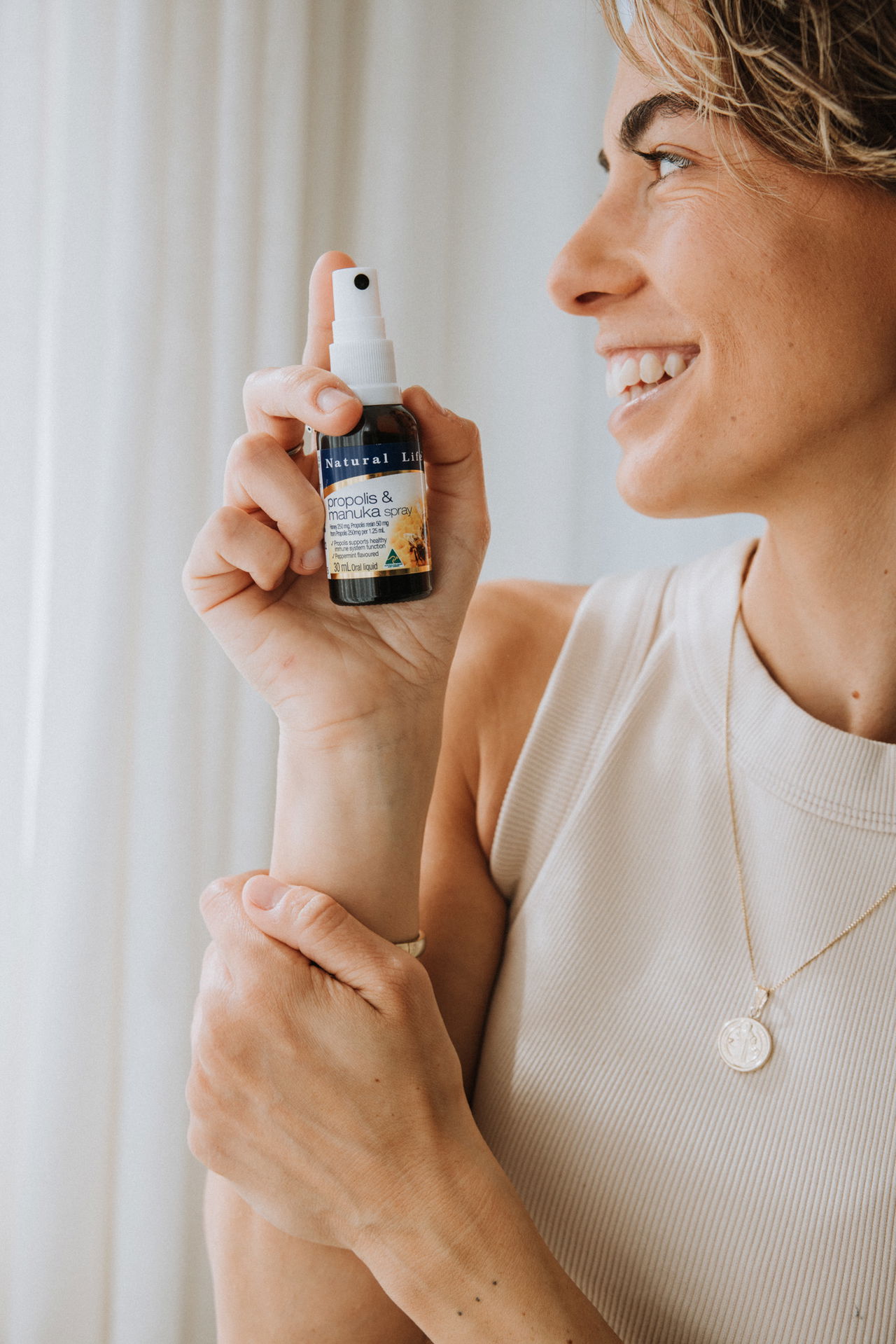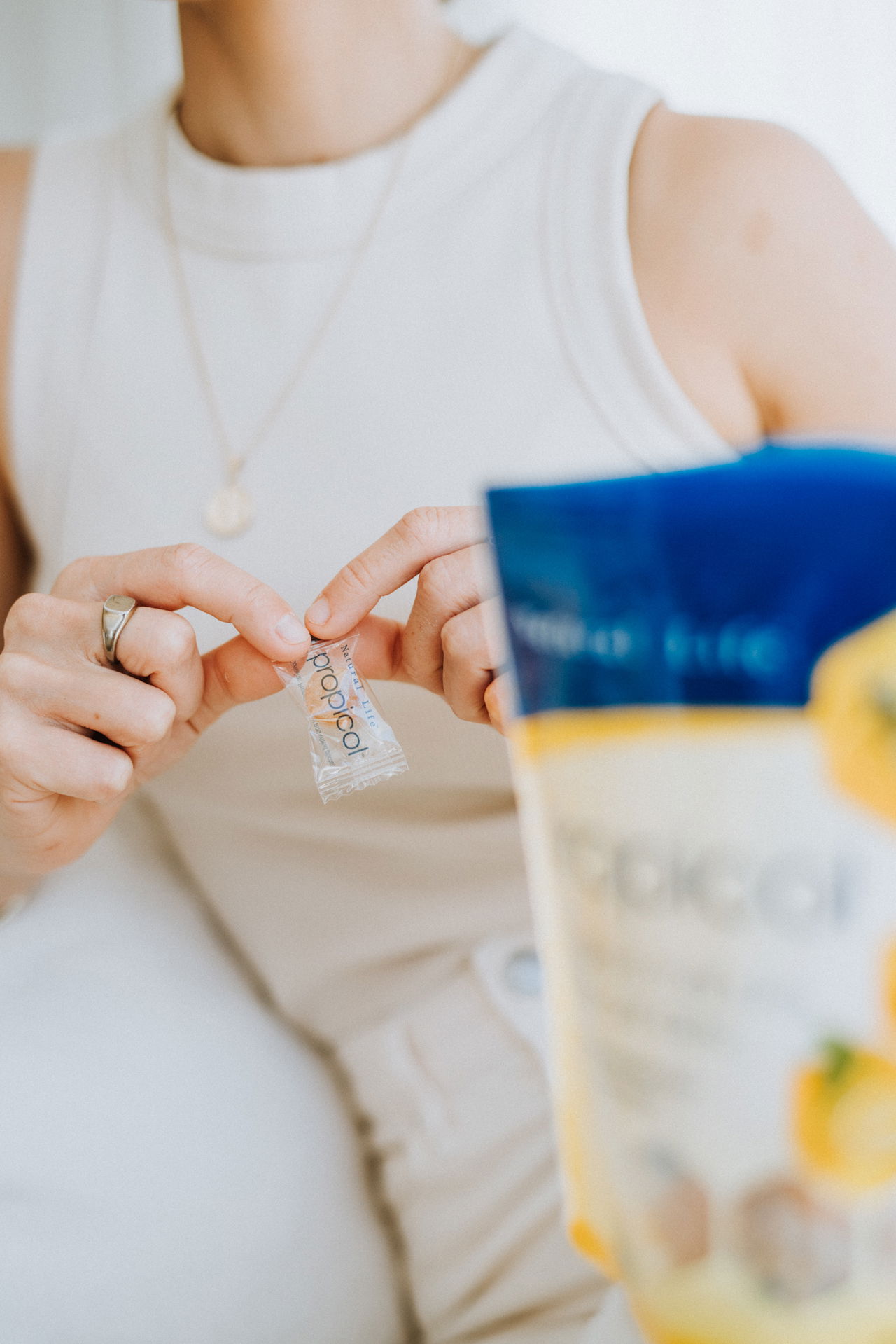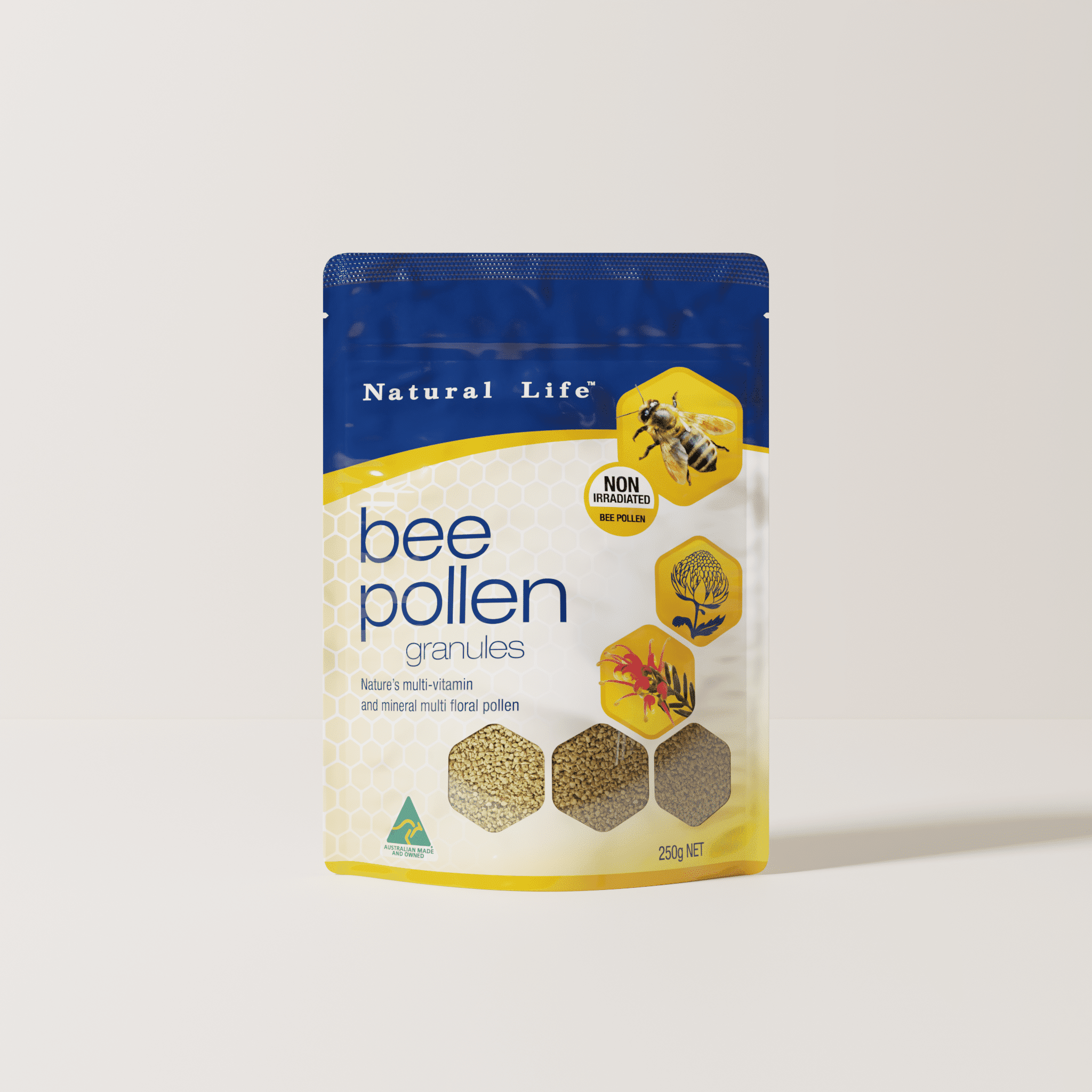If you’ve picked up a jar of Manuka honey and noticed a number like MGO 85+, MGO 550+, or even MGO 800+, you’re not alone in wondering what that actually means.
Here’s the short version: that number isn’t just marketing. It’s the key to understanding the strength and quality of your Manuka honey.
Let’s unpack it.
What Makes Manuka Honey Different?
Manuka honey is made from the nectar of the native Leptospermum scoparium plant — commonly known as the Manuka bush. Found in parts of Australia and New Zealand, this bush produces nectar with a rare compound that sets Manuka honey apart from all other types: Methylglyoxal, or MGO for short.
This is what gives Manuka its powerful antibacterial activity, and what makes it so sought after for immune support, throat care, digestive health and more.
So, What Exactly Is MGO?
MGO stands for Methylglyoxal, a naturally occurring compound that forms in Manuka honey during the aging process inside the hive. It starts out as a compound in the nectar called DHA (dihydroxyacetone), which slowly converts into MGO over time.
The more DHA in the nectar — and the longer the honey matures — the more MGO it contains. And that’s what gives Manuka honey its well-known antibacterial strength.
Put simply: MGO is what makes Manuka honey functional, not just sweet.
What Do the MGO Numbers Mean?
The number next to “MGO” on your label tells you how many milligrams of methylglyoxal are present per kilogram of honey. So an MGO 85+ honey has at least 85mg of MGO per kg. An MGO 550+ has at least 550mg — and so on.
It’s a direct measure of potency. The higher the number, the stronger the honey’s natural antibacterial activity.
This means a lower-grade MGO honey is great for general, everyday wellness — while higher MGO honeys are typically used for more targeted support, such as calming a sore throat or supporting digestive health during periods of stress.
Why Is MGO Important?
Most honeys have some level of antibacterial action due to naturally occurring hydrogen peroxide. But Manuka honey with a certified MGO rating contains non-peroxide activity — which means it works in a completely different, more stable way.
This is why research has found that high-MGO Manuka honey may help:
-
Support the immune system
-
Soothe sore throats and oral irritations
-
Promote gut health
-
Act as a natural wound-healing agent when applied topically
It’s one of the few natural ingredients where the science is as compelling as the tradition.
Do You Always Need the Highest MGO?
Not necessarily. The best MGO level for you depends on what you’re using it for.
If you’re taking a teaspoon daily to support general wellness, a lower-strength MGO 85+ might be ideal. If you’re using it during winter to fight off symptoms or calm a throat, something stronger like MGO 550+ could be more suitable. For topical uses or more targeted support, you may want to go even higher.
The key is making sure the MGO level is clearly labelled and certified, so you know exactly what you're putting in your body.
Check out our guide below to find the best MGO-rating for you.

How to Know If It’s Genuine
Genuine Manuka honey should always be tested and certified for its MGO content. In Australia, that means the number on the label reflects real, lab-tested methylglyoxal levels — not guesswork or marketing fluff.
At Natural Life, our Australian Manuka honey is independently tested and certified, so you can trust every spoonful. And because we work directly with local beekeepers, we’re able to offer a wide range of MGO levels to suit different needs.
Final Takeaway
MGO is more than just a number — it’s what gives Manuka honey its edge. Whether you’re using it for daily immune support or specific seasonal needs, understanding the MGO rating helps you choose the right honey for your health goals.
And when it’s harvested in Australia and certified for potency, you can be confident you’re getting the real thing.
Ready to try the difference?
Explore our full range of Australian Manuka honeys here.



